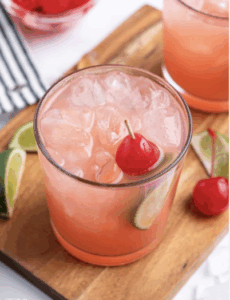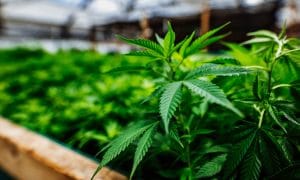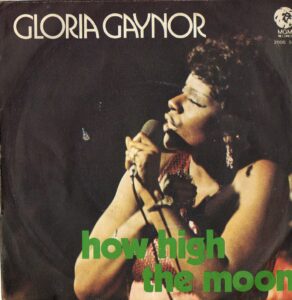It is new soundtrack for the time, catchy pop anthems with emotional depth. Discover why this cultural trend resonates.
Back in the early 1990s, Gen X found themselves in grunge clubs, moshing out frustration to Nirvana and Pearl Jam. The music gave voice to a generation’s angst. Fast forward three decades, and a new genre has emerged, Recession Pop resonates with audiences, especially millennials and Gen Zers. This sonic comfort is a shimmering, danceable, yet emotionally heavy style of music reflecting economic anxiety, heartbreak, and the strange urge to dance through it all.
RELATED: The History Of The Cocktail Party
Recession Pop blends upbeat pop beats with lyrics hitting closer to home than most bubblegum pop ever dared. Instead of carefree escapism, these songs reflect the reality of living in an era of rising rents, student debt, job instability, and inflation. It’s music for the dance floor, but with a knowing sigh in between choruses.

Artists like Sabrina Carpenter and Chappell Roan are leading the charge. Carpenter’s smash hit Espresso may sound like playful fun, but underneath is a commentary on hustling, energy, and burnout in the modern economy. Roan, often described as a rising pop provocateur, captures millennial and Gen Z frustrations in glittery, theatrical anthems like Hot To Go!—a track equal parts fun and cathartic release.
Then there’s Charli XCX, who has long fused experimental pop with sharp cultural observations. Her music resonates with younger listeners because it captures both the highs of nightlife and the lows of existential dread. Together, these artists have defined a genre that is less about ignoring hardship and more about transforming it into something beautiful and communal.
Standout Tracks in Recession Pop
-
“Espresso” by Sabrina Carpenter – A TikTok-fueled anthem sounding carefree but reflects a restless, work-driven mindset.
-
“Hot To Go!” by Chappell Roan – A neon-soaked escape inviting listeners to dance away their stress.
-
“360” by Charli XCX – A stylish track pairing electronic production with sly commentary on image and modern identity.
RELATED: End-of-Summer Digital Detox Is 2025’s Coolest Trend
What makes Recession Pop so culturally powerful is its ability to balance optimism with honesty. Millennials and Gen Z are drawn to it not only because it’s fun to stream, share, and dance to—but also because it speaks to their lived experience. The upbeat production provides escapism, while the lyrics quietly acknowledge the struggles of navigating adulthood in uncertain times.
Much like grunge gave Gen X a raw voice in the early ’90s, Recession Pop provides today’s younger generations with a soundtrack to endure instability, while still celebrating joy wherever it can be found.


















